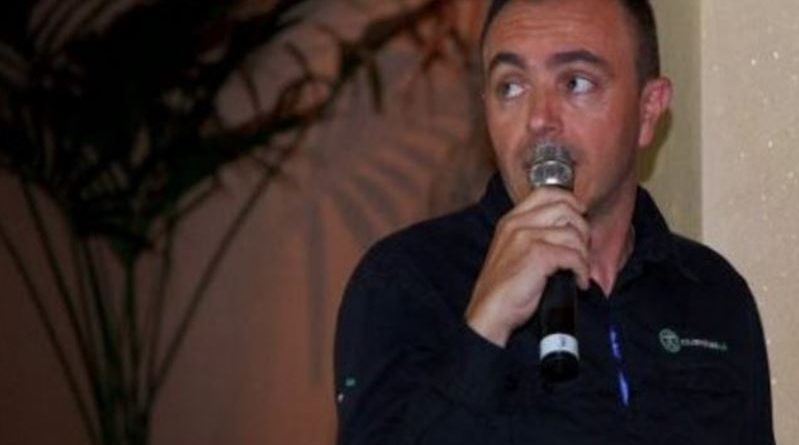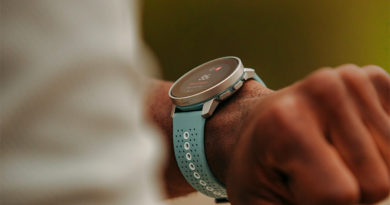Jon Iriberri: “If you can’t explain it in one simple sentence, you don’t understand it [enough].”
The second in a two part series, bike fitting veteran Jon Iriberri today talks about reliance on technology and why, despite the availability some sophisticated plug and play gear, a good fitter should always be able to explain why something works…
Bikefitters love technology. It’s therefore convenient that the bikefitting universe is filled with a lot of technology. Beyond the sheer gadget lust, it is quite exciting as we are now much more sure of concepts that, before, were largely unverifiable.
Unfortunately, many of these technological innovations have not been developed as rigorously through formal research as, say the marketing and business aspects of bikefitting. While all of these new devices give a lot of diagnostic data, it is hard to find the technology that substitutes real-world knowledge and experience.
Sadly, the reliance on technology (and related underdevelopment of experience and intuition) results in blind repetition of some fit models (some straight, some erroneous) and an industry of bikefitters that have no critical vision of the technology they use, or any capacity to obtain different results when changing the processes.
The use of technology in the bikefit hinges on:
- Better appearance in front of customer (it looks ‘pro’, to be blunt).
- Accurate measurement of changes (if there are any).
- Better understanding of that which the eye cannot see.
- Didactic vision of process for the customer (supporting/alternative evidence).
At the end of the day a good balance between technology and knowledge is key for an excellent bikefitting. I think that a very experienced master bikefitter can do a good job without lots of technology, (though he does also look toward the assistance of technology, the unplugged bikefitting process proposed by Mr. Happy Freedman is a fine example) but I wonder if the impression of the customer (and adherence to the bikefitter’s advice/suggestions) would be the same when using screens, sensors, lasers and the like as without them.
Dynamic Analysis: Kinetic and Kinematic
A quite common mistake when talking about Dynamic bikefitting is to think that movement, any movement, such as taking measurements while the customer is riding on rollers, counts as ‘dynamic’. That’s incorrect and suggests a poor understanding of the biomechanics by those claiming it.
Dynamic analysis means kinematics (space/tempo parameters) and kinetics (forces that cause these movements). The development of kinematics methodologies (Video, goniometers, IMUs,) is far more advanced than those of kinetics (force sensors across multiple planes/aspects).
The danger is that a bikefitter who doesn’t use or understand kinetics as part of a bikefit will never properly understand what’s going on at a very deep level in each fit. Therefore, they will naturally overcomplicate any solution in order to compensate for the unexpected/managed changes long-term.
This phenomenon is going to be hard to stop: force measurement is more expensive than kinematics devices, and more important. Sadly, as Keith Bontrager once said: “[they] are hard to understand sometimes, because they’re hard to understand!”
Science v Experience: Scepticism Is Good. 
Don’t make the mistake of thinking that, as we are surrounded by technology, our scientific basis is strong. I don’t agree. Reliable biomechanical knowledge based on evidence is scarce and really rare compared to the amount of unverified hypotheses, ideas and folklore in bikefitting. Crank length, saddle cut-outs and oval chain rings are good examples of this.
The bikefitter must rely on equal parts independence, curiosity and scepticism in order to investigate difficult scenarios and the real origin of a customer’s problems. This doesn’t mean ignore science when ‘evidence’ is suggested, just question it.
While it’s okay for a customer to be loose and biased in their accepting of certain marketing or scientific claims, the bikefitter as a professional service shouldn’t.
Sadly, our knowledge has limits. Unexplained doesn’t mean that there isn’t an explanation – just that we haven’t found it yet. Repeating errors doesn’t make them become true. Examples don’t make theories. Bad science is everywhere out there, even sometimes from sources you’d expect to be more reliable.
The only way to combat this is to be quite sceptical. Contrast the experiments, contrast the results. But remember that while bikefitting processes are empathetic (based on communication between customer and fitter) the science and knowledge underlying them need proof more than they do faith.
Bikefit Marketing
Unfortunately, bikefitters are more in demand as a fast solution to existing problems, than they are as prevention consultants or ‘prehabilitation’ experts. Our services could be more economical and effective if people used us in this way. But culturally it seems that is not going to change fast. We have a chicken and egg situation with product development and bikefitting. See, for example, the care and detail given to bicycle frame sizes and charts, yet the majority of famous brands don’t even give you the X/Y measurements of their frames. Awkward.
The bikefitting industry today needs a good communication policy; very active, and enthusiastic, as a lot of people will not understand our goals and purposes. Bikefitting must be explained and be a part of the cycling experience, and we need to leave people with a pleasant experience in order to became more successful.
Returning to the concept of scepticism – not all titles are reliable. Just because someone is on the WorldTour as a fitting advisor, doesn’t mean they really know what they’re doing. Sometimes it’s just marketing, and their riders live with an allen key in their back pockets with no genuine answer to their headaches.
Customer advice:
- The fitter you need is the one with the most experience and reliability. Gadgets and technology alone do not give this.
- Prioritise professional experience; years of dedication and the common sense of any explanations given to you.
- Any bikefitter must be able to give satisfactory references and shed light on your pains and discomfort with short easy answers. To paraphrase Einstein, “if you can’t explain it in one simple sentence, you don’t understand it [enough].”
Bikefitter advice:
- Use technology, but do not become a slave to it. You will never improve if you don’t understand well what’s going on at a deeper level. Though it’s not necessary to understand everything (who knows everything?!), it is necessary to ask ‘why?’ a lot of times during the day.
- Be visible, take care of your customers and keep in touch with other fitters. They are your best and cheapest teachers, resources and collaborators.
Caught our interview with Jon? It’s well worth a read if you’re looking to monetise or further develop your service.



